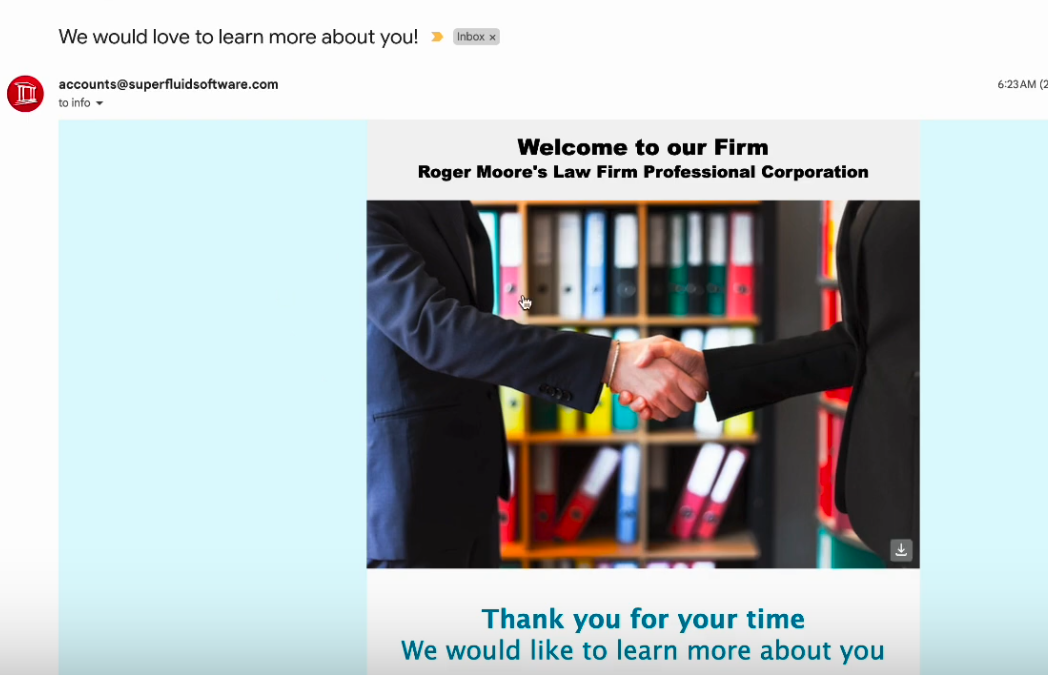Repurposing data during file intake for virtual verification

Indeed when it comes to computers in general, repurposing previously inputted data is simply a cornerstone to how programs operate.
This is very helpful when combined with software assistance for the client intake process for Canadian law firms. When capturing personal information about the particular details of a client for example, the intake process can be facilitated with software in numerous ways.
One such example used by uLaw users is the client portal: prospective clients get a link issued by uLaw which allows them to input their information.

Once the client provides it, this data is available inside of uLaw and it can be used later on by uLaw users for the facial verification process. uLaw Now Supports Facial Verification and other forms of identity confirmation. Learn more by visiting this link.
How to Re-use client portal info for facial verification process

After a client has filled out the forms associated with client intake, from the portal, they'll receive a message like the one in the image above.
As the lawyer, your firm will receive a series of emails coming from uLawPractice itself. Your firm will receive status notifications as the client progresses through the verification process. (Provided you have turned on uLaw Virtual Verification.)
When it comes time for the client to go through the background check (which will be an automatic email they receive from uLaw), many key details they already provided will be pre-populated.
Clients will be asked to provide their date of birth and so on, and also confirm their home address and provide dates from when they began to reside there. Here is an example of what this looks like in practice, from the perspective of what a client will see:

All of these criteria are law society requirements and through uLaw, the compliance is forced due to how the software operates.
Facial Accreditation Consent
Canadian Law demands that consent is granted when conducting record checks and identity verification. uLaw does this for you through the software. Clients will receive facial accreditation consent forms as part of the intake process, like shown below:

Throughout the process, all the key details previously provided by the client while they work through this process will be embedded and pre-populated when it comes time to finish with facial recognition.
What it looks like for uLaw users

Accurate client details, classified as publicly identifiable information (PII), is securely transmitted into a uLaw account from the client portal for later use.
Using such methods builds compliance with regulators while also cutting down on time. It limits human error as well by providing more accuracy. The whole process is streamlined and it is faster and more convenient for this process since clients can fill out the information when it is most convenient for them.
Watch a video on how this works
